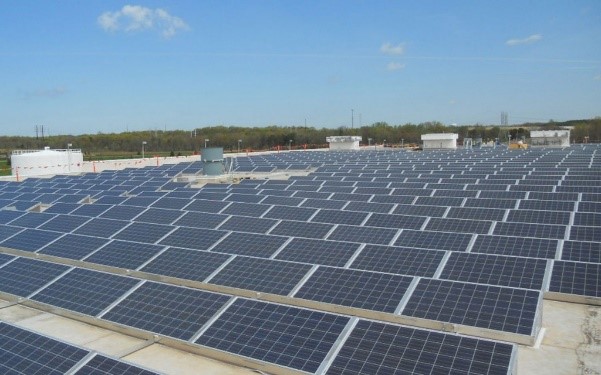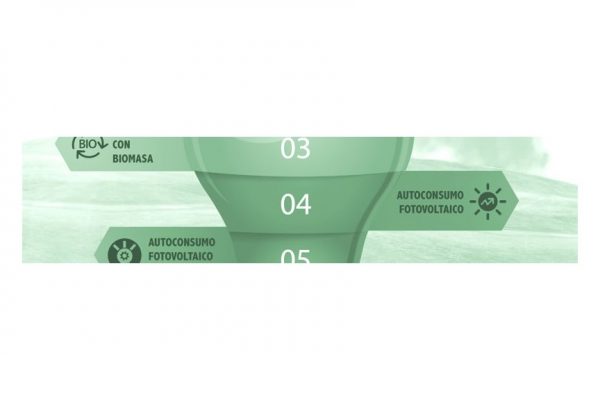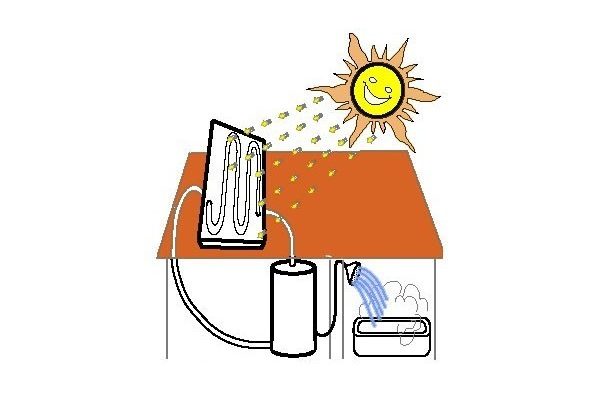Learning to select PV modules structures
Performing the installation of solar panels can become a simple task if we have designed the system correctly and have provisioned ourselves with the necessary components.
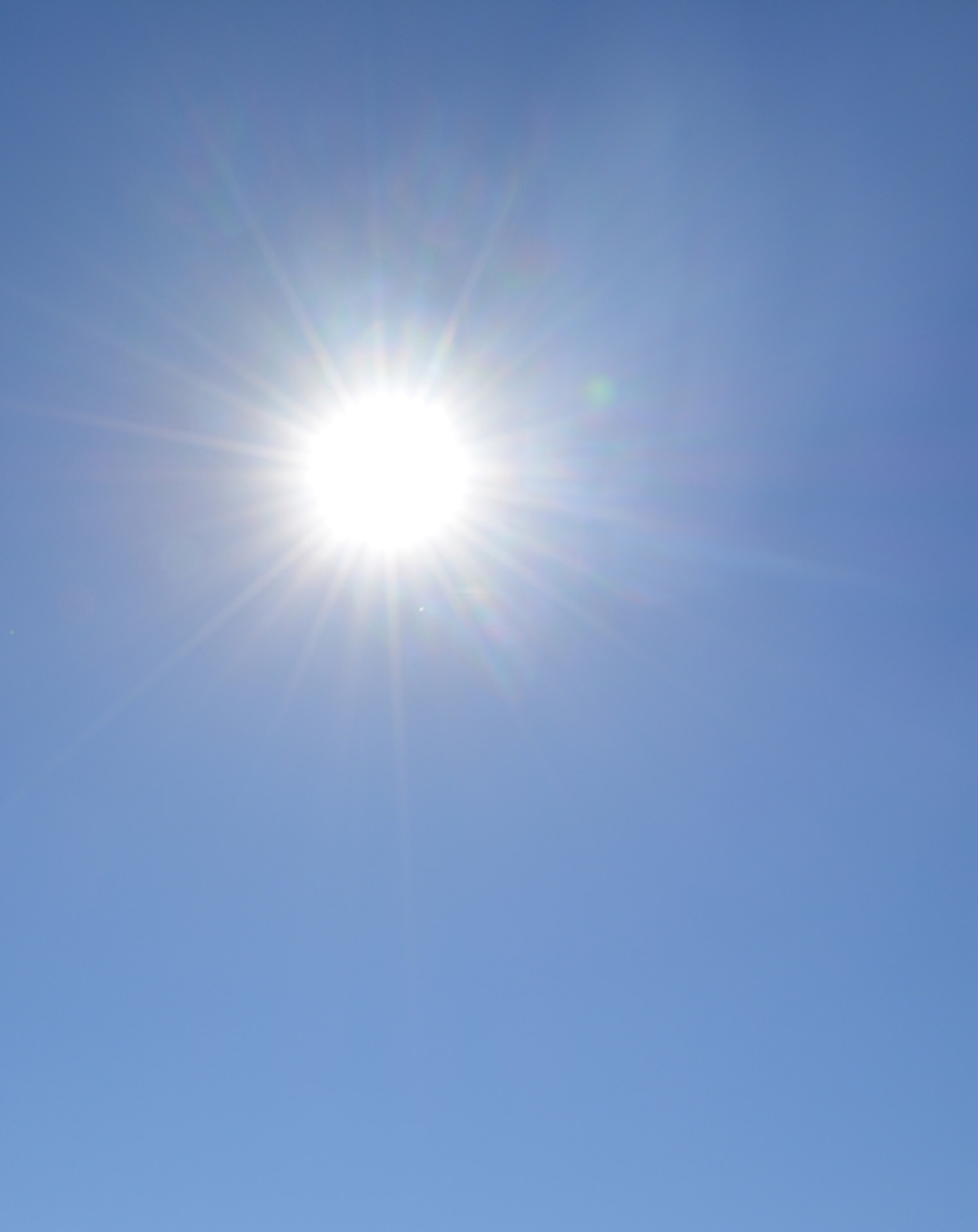
Once we have made the decision to install photovoltaic panels on our rooftop, we should consider when we are currently consuming energy in our apartment, building or factory. If the consumption is occasional and focuses mainly on the summer, we will have to perform the South-oriented installation, since we are in the Northern Hemisphere, and installing the panels with a lower tilt. On the other hand, if the consumption is during the whole year, we will have to make the installation also oriented to the South, but with the panels installed with a greater tilt with respect to the horizontal plane. This is because the sun during the summer months gets higher above the horizon than winter months.
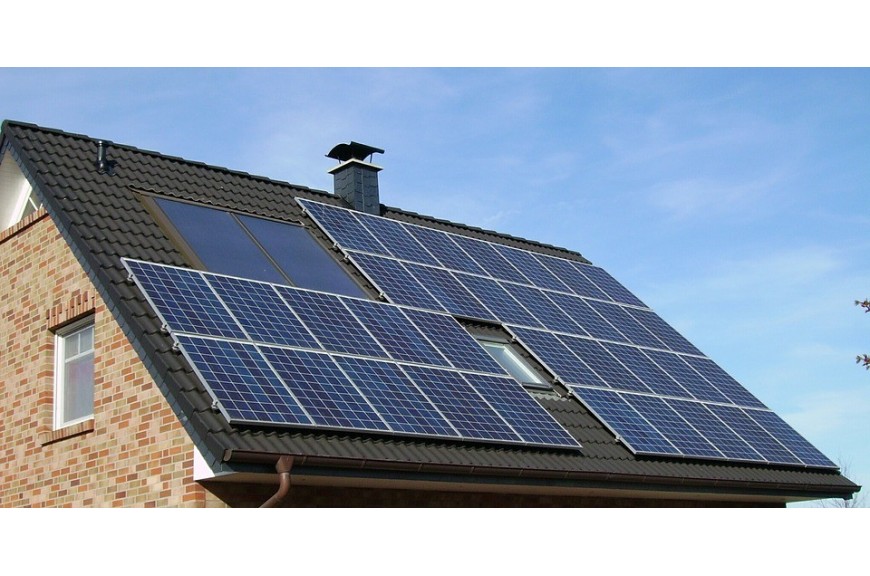
As an example, if the place where we want to install a 3 kWp is in Barcelona, where we have approximately 1,560 HRS per year, the optimal installation for annual consumption would be 38º, which would generate 4,690 kWh/year, generating 15.5 kWh/day in July and 9.4 kWh/day in December. On the other hand, the optimal installation for higher summer consumption would be 10º, which would generate 4,260 kWh/year, generating 16.7 kWh/day in July and 6.1 kWh/day in December.
At the same time, if the place where we want to install a 3 kWp is in Madrid, where we have approximately 1,640 HRS per year, the optimal installation for an annual consumption would be 37º, which would generate 4,924 kWh/year, generating 16.5 kWh/day in July and 10.3 kWh/day in December. On the other hand, according to the European Comission Photovoltaic Geographical Information System, the optimal installation for higher summer consumption would be 9º, which would generate 4,473 kWh/year, generating 17.9 kWh/day in July and 6.5 kWh/day in December.
These two examples explained above, we can also point out the differences in the availability of HRS, depending on where we want to perform the installation. Likewise, generally, the farther south we are, the more HRS shall be available and, therefore, the other way around.
Once we have defined the tilt, among other things, we have to check the type of rooftop we have. Therefore, first, check if our rooftop is flat or sloped; secondly, the type of rooftop (cement, tile, metal sheet, gravel, PVC, asphalt cloth, etc.).
For sloping rooftops, we should select coplanar aluminum structures, which are fixed directly on the rooftop, maintaining the existing tilt and using the fasteners depending on the type of rooftop such as double thread fasteners or rooftop tiles (they are usually covered with a metal sheet or tile). These types of structures do not allow to regulate the tilt of the solar panels, becoming simpler installations, where the weight is reduced, the visual impact is usually lower and the price is cheaper.
In the same way, for flat rooftops, we should select tilted aluminum structures, which are fastened directly on the rooftop or on support bases such as concrete base in order to avoid drilling the rooftop. These types of structures allow solar panels tilt to be adapted accordingly.

